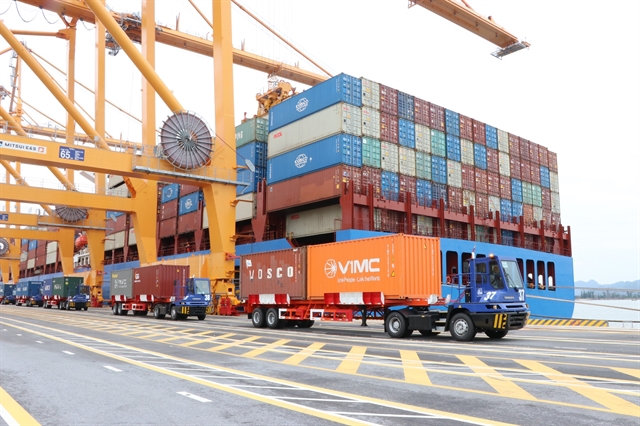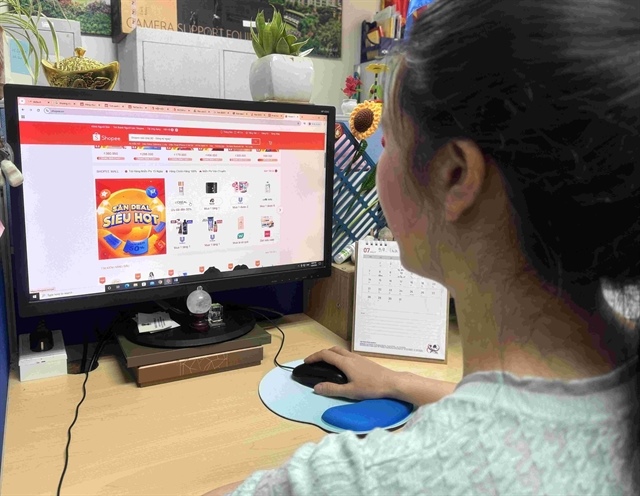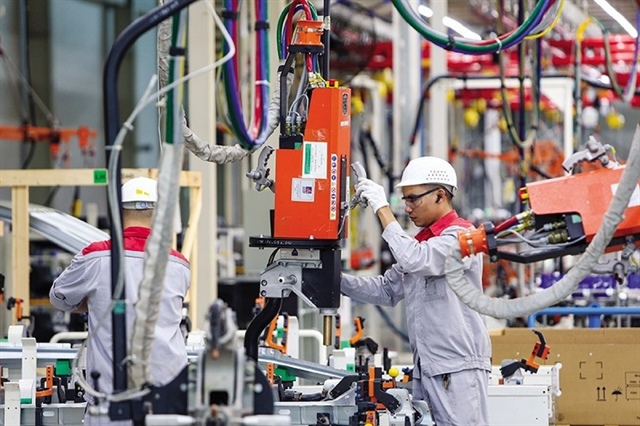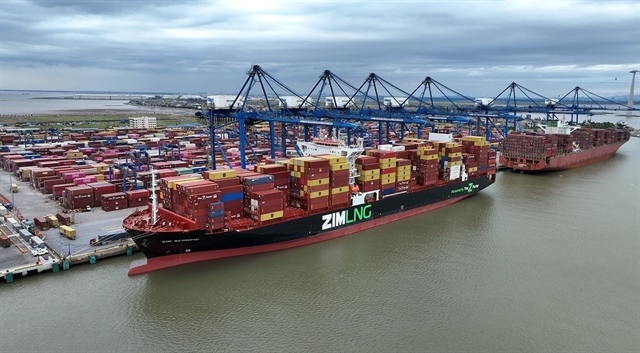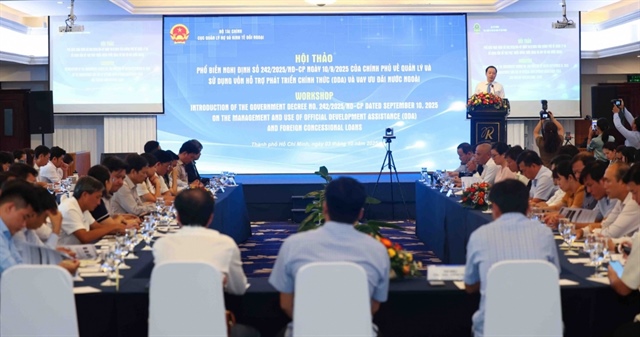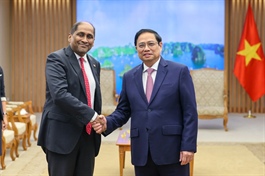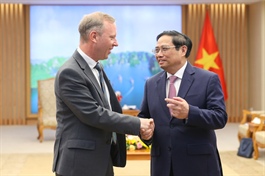CPTPP benefits Southeast Asian SMEs
CPTPP benefits Southeast Asian SMEs
One of the main benefits of the Pacific Rim trade agreement, known as the Comprehensive and Progressive Agreement for Trans-Pacific Partnership (CPTPP), is the expanded access it provides to the markets and supply chains of its 11 member countries.
Rules of origin
To be eligible for tariff benefits under the agreement, products must meet the rules of origin used to determine its “nationality”. These rules are designed to encourage trade among member countries of a free trade agreement while limiting the usage of materials or products from non-member countries. The CPTPP’s regional cumulation means that all CPTPP-sourced materials are treated the same as locally sourced materials. If it meets these criteria, the product is known as an “originating good” and can qualify for preferential tariff rates.
However, this does not mean that all the materials need to be sourced in CPTPP countries to count as originating goods. The CPTPP’s Product Specific Rules of Origin allows certain types of products manufactured in member states to use some non-originating materials (non-CPTPP sourced materials) while still qualifying for originating goods status under certain circumstances.
Three main Product Specific Rules are applicable under the CPTPP – the Change in Tariff Classification (CTC) method, Regional Value Content (RVC) method, and the chemical rules requirement.

Businesses must understand the CPTPP’s Product Specific Rules of Origin |
Rule implication for SMEs
These rules allow SMEs some leeway in using small quantities of non-CPTPP sourced materials in their product’s manufacture. However, SMEs need to pay attention to the different rules for different products set out in the legal text.
These product specific rules are in place to limit the use of different types of material from non-member countries and increase inter-member sourcing. For instance, the agreement would like to encourage more use of CPTPP-sourced raw materials for textiles and clothing instead of depending on resources from China (a non-member country). Unfortunately for Singaporean and Vietnamese SMEs in this case, the change in tariff classification for their type of clothing is stricter, demonstrating this effect. Fabrics need to be both formed and finished from yarn made in one of the CPTPP member countries, which means Vietnamese SMEs are prevented from using fabrics and yarn imported from China in order to meet the rules of origin requirements.
To work around this, they turn to other CPTPP countries. They opt to use wool from New Zealand, another CPTPP member, which meets the yarn and fabric rules of origin while sourcing additional inputs from Vietnam itself. This way, wool jackets, for example, qualify as an originating good and are eligible for preferential tariffs.
Depending on what other SMEs are manufacturing or selling, SMEs in Southeast Asian CPTPP member countries may not necessarily face this hurdle in obtaining preferential tariff rates. Depending on the type of product, a change in tariff code from the materials to the manufactured product would be sufficient to count the product as an originating good, as is the case with Singaporean wrist watches, for example.
For certain types of products whose tariff classifications don’t change in the course of manufacturing, a product could still qualify as an originating good if a certain percentage of the materials are CPTPP-sourced.
The above does not apply to all products. To meet product rule requirements, SMEs, including those selling products online, could add more CPTPP-sourced materials to their supply chain.


